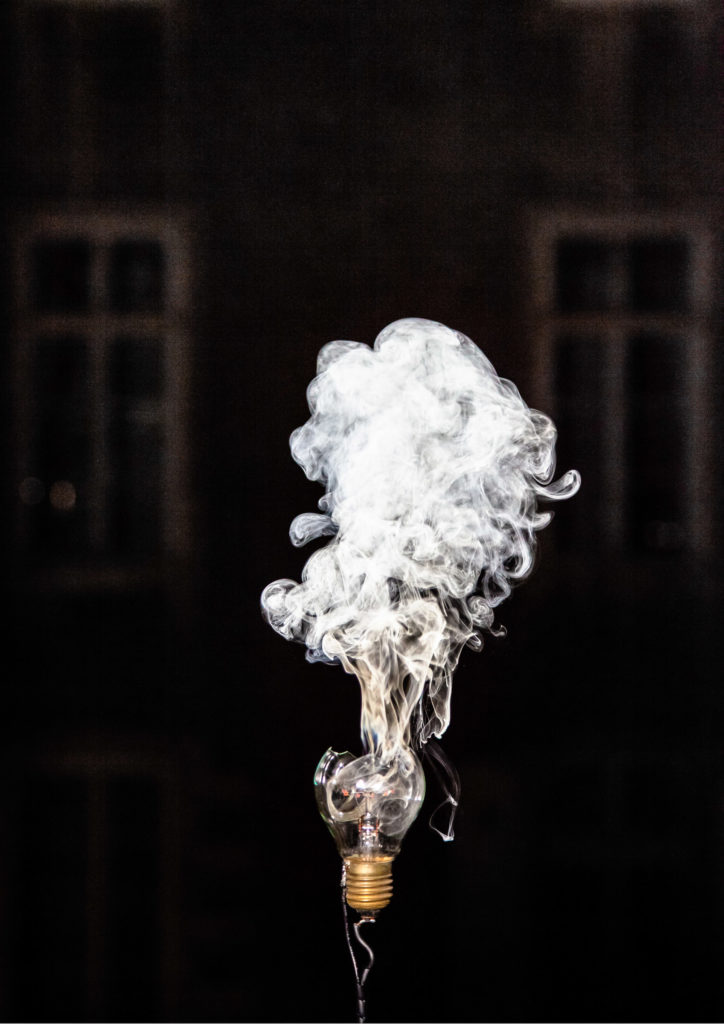End of life
- Artist
- Chistina Hemauer, Roman Keller
- Year
- 2013
- Edition
- 10
- Technique
- Inkjet sur papier arch
- Publisher
- art-werk
- Dimensions
- 59 x 42 cm

Between 1924 and 1939 Rue de la Rôtisserie 2 in Geneva was home to one of the largest cartels in economic history. The ‘Phoebus S.A. Compagnie Industrielle pour le Développement de l’Éclairage,’ controlled the manufacture, marketing and pricing of light-bulbs. The market share of the united companies was over 80%. General Electric, Osram and Associated Electric Industries played a leading role in the syndicate. Later, several companies were legally held to account and convicted of exerting undue influence on the market.
The fact that the Phoebus Cartel had fixed the average lifespan of a light-bulb at 1000 hours was branded ‘planned obsolescence’: the artificial wearing out of a product in order to exact greater profits. Our research can neither refute nor substantiate this accusation with absolute certainty. It seems likely that a compromise between longevity and light efficiency was a key factor in this decision. The longer a lightbulb burns the less light per unit of energy is produced. It is for this reason that even now, seventy-four years after the disbanding of the Phoebus Cartel, conventional light-bulbs still do not glow any longer. The 150-year long efficiency problem has finally brought about the lightbulb’s demise. Our society can no longer sustain an effectiveness of only 5%. Lightbulbs are being replaced by fluorescent lamps and LEDs.
(text by the artists)